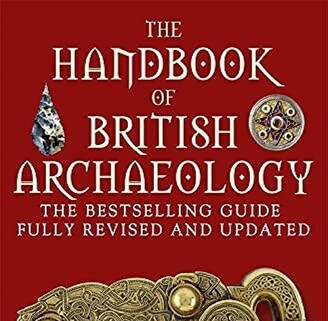- cross-posted to:
- cheshire
- cross-posted to:
- cheshire
'In amongst the shattered peat was a perfectly preserved human foot – brown and complete with toenails.
Wilmslow in 1984 was a medium-sized, old-fashioned town with its fair share of furrier and celebrities, plus a couple of pharmaceutical companies to keep it rooted in the 20th century – not the kind of place where anyone would have guessed the UK’s most significant archaeological discovery of the century would be made.
It was there, in the rickety offices of the Wilmslow World on Water Lane one hot August day I received the call that would lead to the town being assured a place in the annals of ancient history, through the discovery of the UK’s first bog body to be removed intact from the peat.
…
Andy Mould and Eddie Slack had been watching the peat coming down a huge conveyor belt when one of them had spotted a lump of peat: ‘like a rugby-ball,’ they told me. One picked it up to lob at the other, who dropped it. In amongst the shattered peat was a perfectly preserved human foot – brown and complete with toenails.
According to the peat diggers, the foot had been cut – as if by a blade. I wondered if there was a body out there missing a foot.
I was soon riding out, on a miniature train with temporary rails, onto the centre of the Moss to find out.
…
On the way back to the sheds, I told the peat workers to stop the diggers for 24 hours, while I brought ‘an expert’ to look at the peat facer we’d just visited. With the arrogance of youth, I told them I would square it with their employers.
Naturally had no idea who I would summon, but I’d been on a dig during my university vacation (for social rather than academic interest) and had heard the term ‘County Archaeologist’ bandied about. Without the internet to assist, it took a few phone calls to locate a certain Richard (Rick) Turner, in his first week in the job.
…
When Rick rang again, two days later (Friday, August 3), I could tell from his voice that this academic was excited. He told me he’d walked as directed up to the peat face, had simply stuck in his trowel and a bone had fallen out, which he immediately identified as human. He was convinced the foot belonged to a body buried there, he’d reported his discovery to the police in Wilmslow, and had been given the weekend to assemble a team of archaeologists to remove the body intact from Lindow Moss.
Then Rick said these unforgettable words: “I’m not going on the record with this, but I think this is a very important find, and will prove to be ancient.’ He was guessing at 2,000 years ancient.


I went to see Lindow Man at a bog bodies exhibition, an eerie sight.